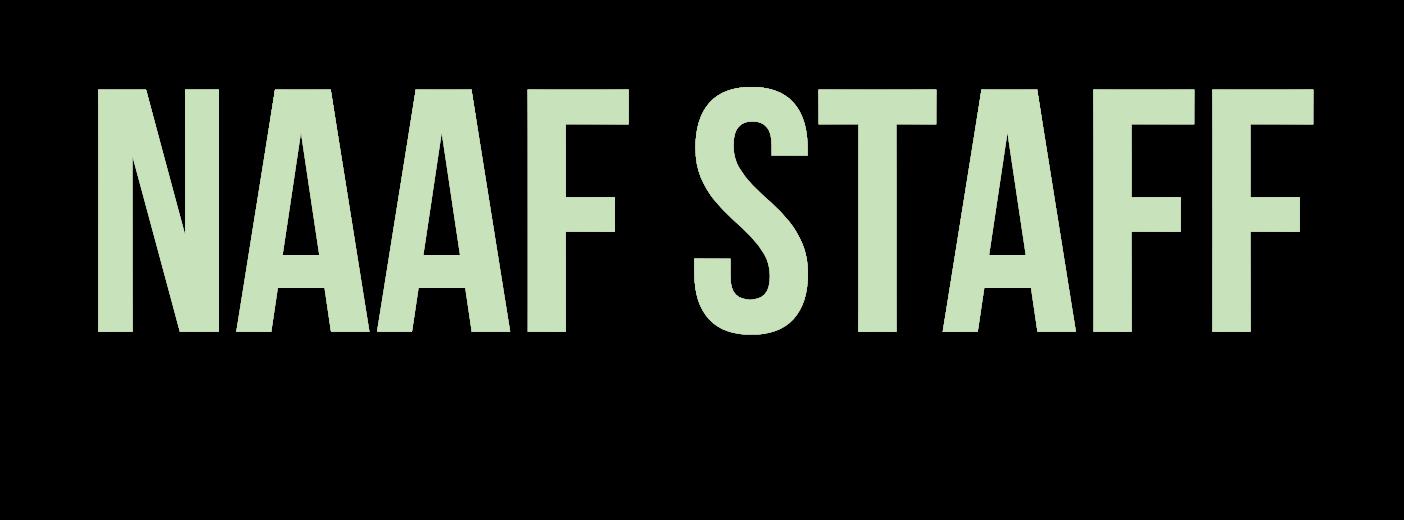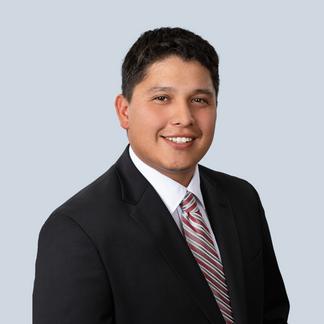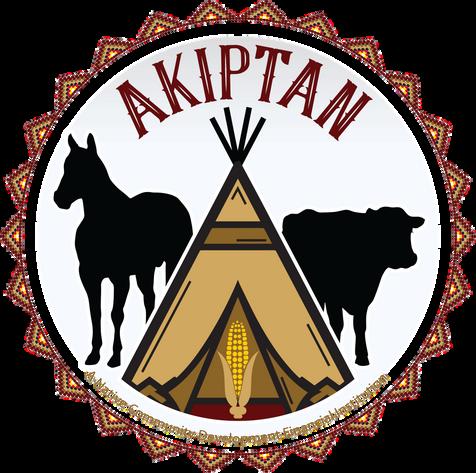
10 minute read
2022 Native Youth Grantees
1
Akiptan Eagle Butte, SD
Advertisement
$40,000 https://www.akiptan.org
Akiptan Inc. is a Native CDFI who aims to fairly provide capital and technical support to Native Farmers and Ranchers. Using NAAF funding, they will complete a market study, provide further access to capital for Native producers and create new loan products for Native Farmers and Ranchers.
2
Ancestral Lands Albuquerque, NM
$ 39,028.37 https://ancestrallands.org/
The Ancestral Lands Conservation Corp (ALCC) is dedicated to enhancing ecological and cultural well-being for Native youth on tribal lands With NAAF funding, ALCC will train the next generation of Native farmers to enhance localized food systems for their tribes
$ 39,996.82 3 https://www.unr.edu/
The University of Nevada, Reno (UNR) will work to provide workshops that address access to capital, financial management training, and an understanding of land usage and ownership throughout Indian Country. This project will also aid in providing agriculture education for Native students joining the UNR College of Agriculture, Biotechnology and Natural Resources.
NAAF funding will also be used to assist in providing access to capital workshops, risk management training and technical sessions to tribes in Nevada and South Dakota. These trainings will specifically address how to mitigate risk with climatic events including, extreme weather, and climate adaptation methods. Trainings will also aim to introduce regenerative agriculture practices for producers
Lyons, NE 4
5
Center for Rural Affairs
$ 39,992.95 www.cfra.org
Through hands-on opportunities and traditional practices, NAAF funding will assist The Center for Rural Affairs Isanti Youth Agriculture and Business Education Project in bridging the gaps between growing produce and small business opportunities.
Cheyenne River Youth Project
$40,000 https://lakotayouth org
Eagle Butte,
Sd
The Cheyenne River Youth Project (CYRP) is grassroots, not-for-profit organization dedicated to providing the youth of the Cheyenne River reservation with access to a vibrant and secure future With NAAF funding, CRYP will train Lakota teens in Indigenous farming, entrepreneurship and agricultural business development
7 8
Copper River Native Association
$ 39,992.4 www.crnative.org
Glennallen, AK
Copper River Native Association is providing a youth project titled Tribal Community Services Youth Beginning Re-Grant Program. This program will allow Alaskan Native community members educational opportunities geared towards food security, harvesting techniques, garden growth, and maintenance as well as exposure to raising farm animals.
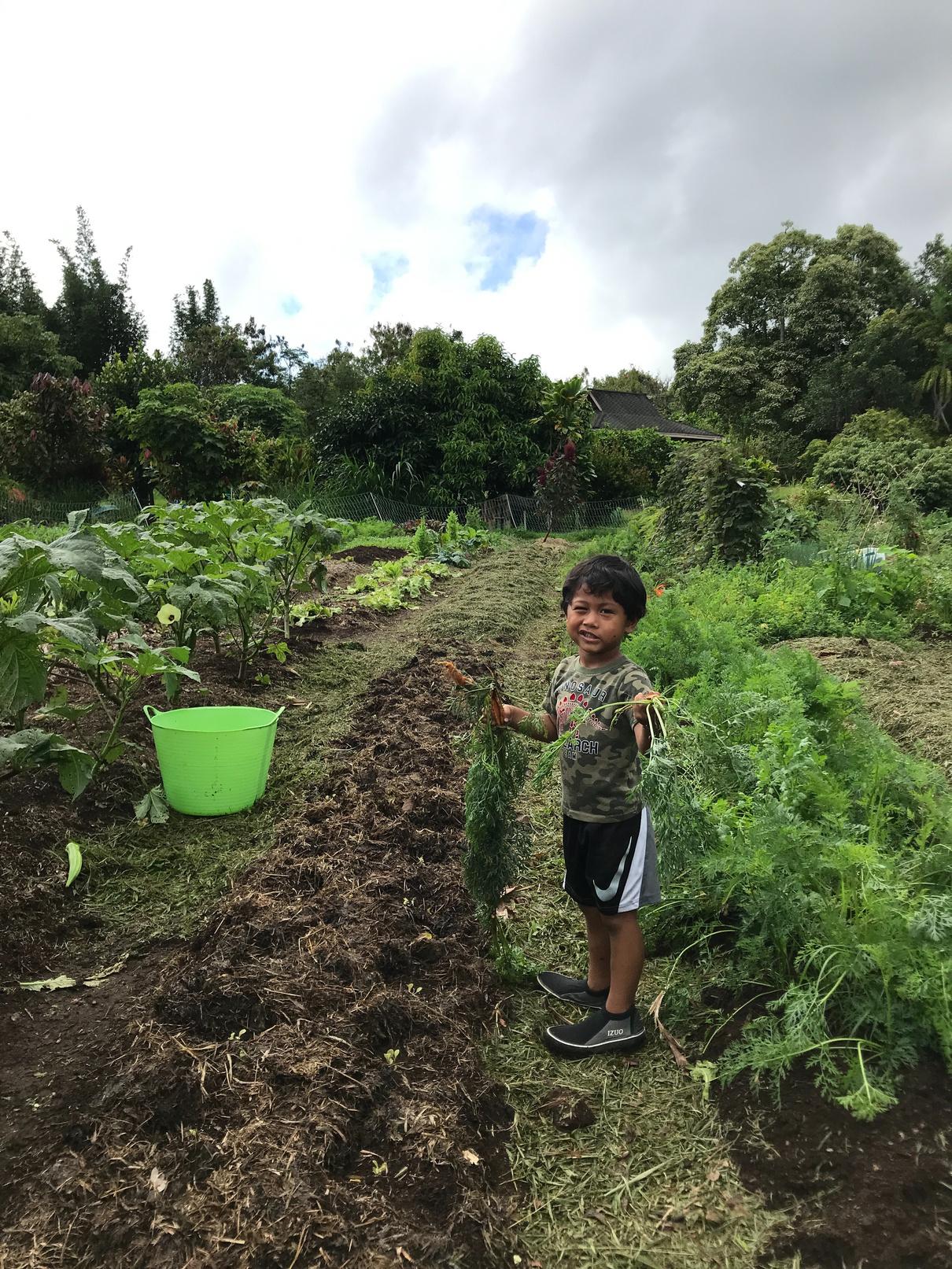
Cowlitz Indian Tribe
$ 39,994.87 www cowlitz org
Longview, WA
The youth Native Foods Project operated by the Cowlitz tribe is intended to educate Cowlitz youth on identifying, preparing, and preserving first foods With NAAF funding, the project allows support and assistance in the enhancement of Agriculture career opportunities
Diné Community Development Corporation
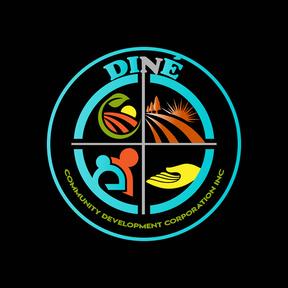
$ 40,000.00 www.dinecdc.org
Churchrock, NM
The Diné Community Development Corp. will provide access to agricultural entrepreneurship workshops to boost emerging Navajo youth farmers’ and ranchers’ financial literacy and business knowledge. Through their Youth Agripreneurship Program along with NAAF funding this program will create space and opportunity to encourage Diné youth to build upon their own agriculture-focused businesses.
Grand Traverse Band of Ottawa and Chippewa Indians

$ 40,000.00 https://www.faihp.org/
The Fresno American Indian Health Project (FAIHP) promotes a culture of wellness and healing for tribal communities in the Fresno, CA area With NAAF funding, FAIHP will create a pipeline of Future Native Farmers beginning with 3rd to 6th graders using a culturally relevant gardening curriculum to generate excitement and interest in agriculture
10
Homestead Community Development Corporation anahola, HI
$ 39968.75 https://hawaiianhomesteads.org/
Homestead Community Development Corporation’s (HCDC) mission is to develop economic opportunities on or near the trust lands of the Native Hawaiian people. With NAAF funding, HCDC will organize a youth council to engage youth through finance & business training, policy exploration, hands-on project experience, and equity grants
11
Klamath Trinity Resource Conservation District Hoopa, CA
$ 40,000 www.ktrcd.org

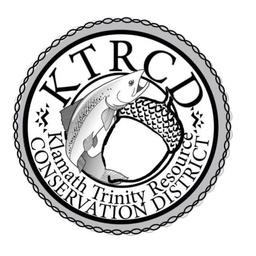
The Hoopa Youth Livestock Project will provide Tribal youth with a structured foundation in which Tribal youth can create individual year-round businesses raising livestock and marketing their animals on the Hoopa Valley Indian Reservation and the surrounding communities.
Ma Ka Hana Ike Building Program
$ 40,000 www hanabuild org
13
Hana, HI
The Na Pulapula O Hana (Seedlings of Hana) project provides the PreK-12 Native Hawaiian youth of East Maui, Hawai’i with farming education, training, projects, and service opportunities centered around agricultural resources of traditional and modern Hawaiian cultural significance
Methow Field Institute
$ 35,486
Twisp, WA www.methowvalleyinterpretivecenter.com
The Seed to Syilx–Traditional Food Systems program will build upon the existing Traditional Foods System program, established under a 2020 NAAF grant. The project will continue to develop a Native Garden and connect students with traditional foods. A new native food plant nursery will give students new business tools to help them build a more sovereign food future
4
Nakoda~Aaniiih Credit Agency
$ 40,000
Harlem, MT
Nakoda Aaniiih Credit Agency Facebook Page
The intention of the NACA-INC Youth Program is to provide youth leadership training that will develop student agricultural leadership and entrepreneurial skills The program has the potential to create a long-term positive impact by increasing the number of Native agricultural producers on the Fort Belknap Reservation
15
Native American Community Academy
$40,000 www.nacaschool.org

16
17
Albuquerque, NM
The Native American Community Academy (NACA) project Food-Sovereignty Chain: Linking Indigenous Knowledge to Our Lifeways is rooted in reclaiming ancestral food systems with the branches extending into sustainable communities. The project grounds students in traditional practices in fishing, gardening, foraging, and ecological stewardship while giving them tools to chart their own pathways to commercial operations and careers in agriculture.
New Mexico State University Red Lake, MN
$ 40,000 www.arrowheadcenter.nmsu.edu/program/aibe/
In partnership with Navajo Technical University NMSU’s Innoventure Native Youth Ag Camp (INYAC) provides Native youth the opportunity to learn how to construct cattle ranch management plans, learn about business and personal finances, and ultimately gain greater access to capital to become community producers, farmers, and ranchers.
Owens Valley Indian Water Commission Bishop, CA
$ 39,841 www.oviwc.org
The Owens Valley Indian Water Commission (OVIWC) will conduct the Nüümü/Newe Preserving Our Future Project which will provide youth with hands-on activities in the form of workshops, field trips, training sessions, and in-the-dirt projects that will help our youth become young food producers. The OVIWC will provide 4-H/FFA scholarships to at least 20 youth that will assist them in overcoming financial barriers to participating in market animal projects.
18
Painted Desert Demonstration Projects (STAR school) Flagstaff, AZ
$ 40,000 www.starschool.org
The STAR School will implement a STAR Livestock Club where students will raise sheep and cattle at home and participate in weekly after-school activities. The club will integrate classroom learning and PBIS, connect to the Navajo language and culture, promote independent ranching along with access to capital and develop future career pathways for students.
19
Sicangu Community Development Corporation
$ 38703.58 www.sicangucdc.org
Mission, SD
The Growing the Next Generation of Sicangu Farmers & Food Producers program is an initiative that will increase youth engagement in the Rosebud food sovereignty movement through partnerships with local schools and the 7Gen Youth Internship The goal is to generate excitement and stoke interest in Sicangu students becoming the food producers of the future

Takshanuk watershed council
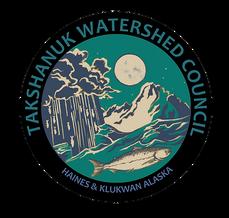
Haines, AK 20
$ 39,081.40 www.takshanuk.org
With the Takshanuk Watershed Council’s Gardening Education program, Native students in the towns of Haines, Klukwan, and Mosquito Lake will learn how to grow food in Alaska’s Chilkat Valley. They will develop their skills in food production and composting while learning how to generate income from local produce.

Tanka Fund
Kyle, SD 21
$ 40,000 www tankafund org
The aim of the Tanka Landback Youth Project is to create opportunities for long-term land sustainability by utilizing sustainable methods of agriculture and herd management by incorporating Indigenous youth into our everyday processes Through this work, the Tanka Fund’s mission to improve the lands, lives, and economies of Native communities will continue
The Blackfeet nation agriculture development foundation
Browning, MT 22
$ 40,000
The Blackfeet Nation Youth in Agriculture Scholarship will provide scholarships to Native students who are descendants of the Blackfeet Tribe and are pursuing higher education in the agriculture sciences or related studies with the goal of increasing the number of Native farmers, ranchers, and ag professionals that can contribute to generating laws, policy, and programs that influence the discipline of agriculture.
Zuni Youth Enrichment Project
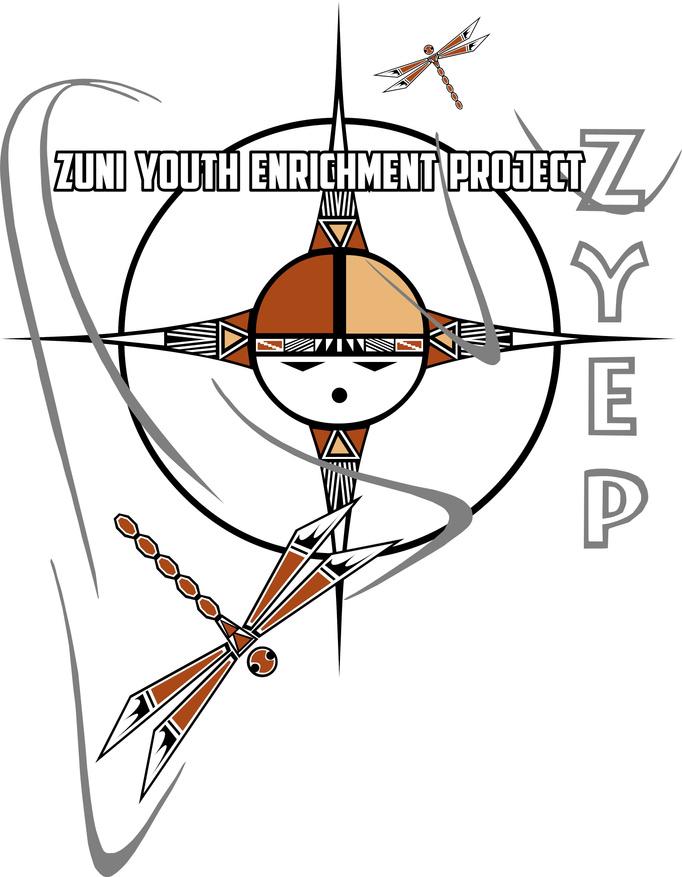
Zuni, NM 23
$ 40,000 www zyep org
The Zuni Youth Enrichment Project (ZYEP) Rooted in Healthy Traditions: After-school Food Sovereignty Program for Zuni Youth is a 12-month after-school program that will provide 240 Zuni youth with increased opportunities to participate in Zuni’s traditional agriculture cycle of planting, maintaining, harvesting, and seed saving. Participating youth will increase their connection to Zuni culture and language as they practice Zuni food sovereignty.
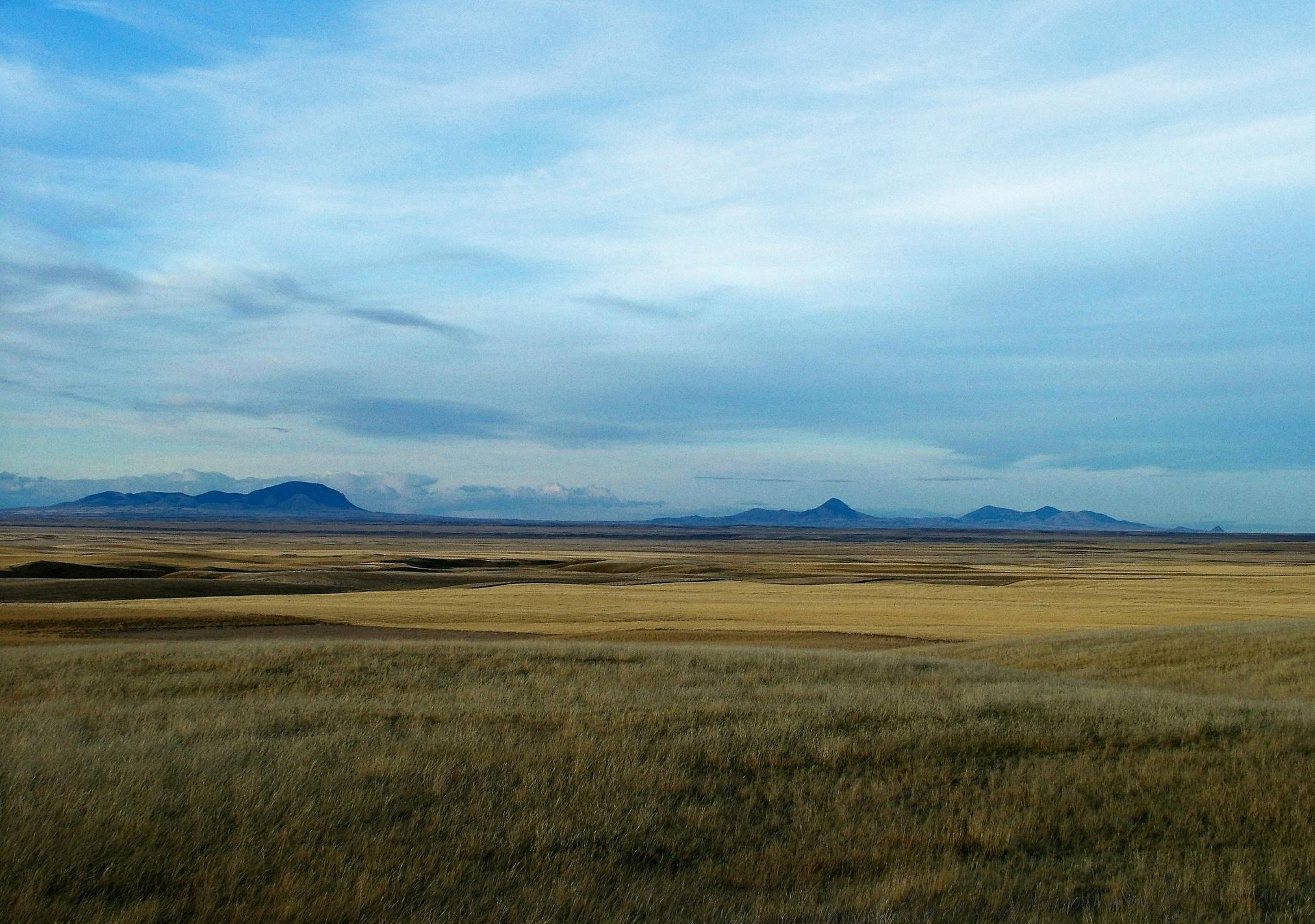

The Native American Agriculture Fund (NAAF) CEO, Toni Stanger-McLaughlin, J.D. (Colville) appointed to the U.S. Department of Agriculture (USDA) Equity Commission to address historical discrimination against minority farmers within USDA.

In March, the Farm Credit Administration (FCA) pledges to work in collaboration with the Native American Agriculture Fund to address issues surrounding access to capital for Native American farmers and ranchers.
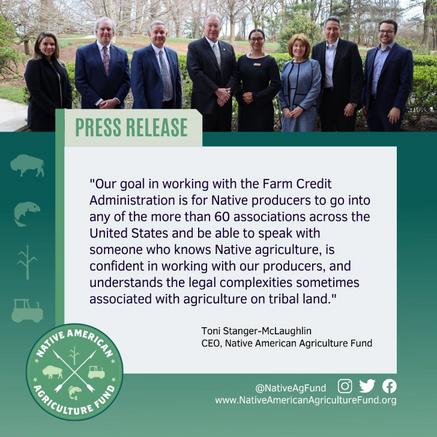

In June NAAF sent a cohort of FFA students to attend the FFA 2022 annual Washington Leadership Conference.
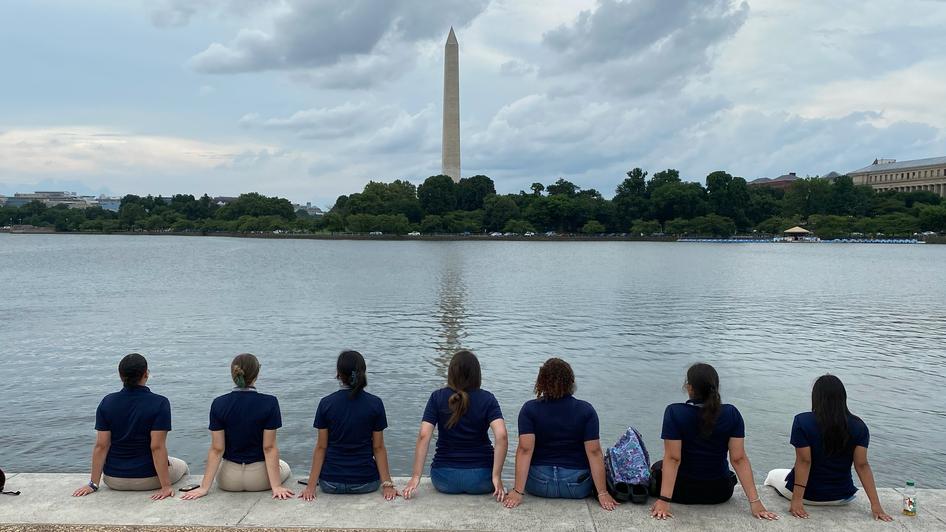
NAAF sponsored 15 teachers to attend the annual Agriculture in the Classroom Conference in Saratoga Springs, New York in June.

The Native American Agriculture Fund Commits More Than $100 Million to Hunger, Nutrition, and Health in Indian Country
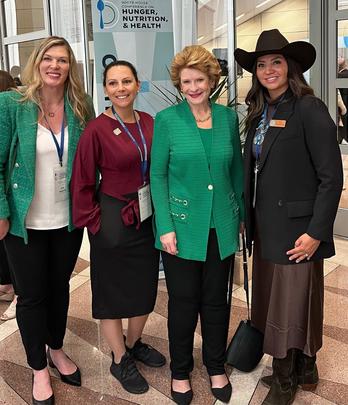
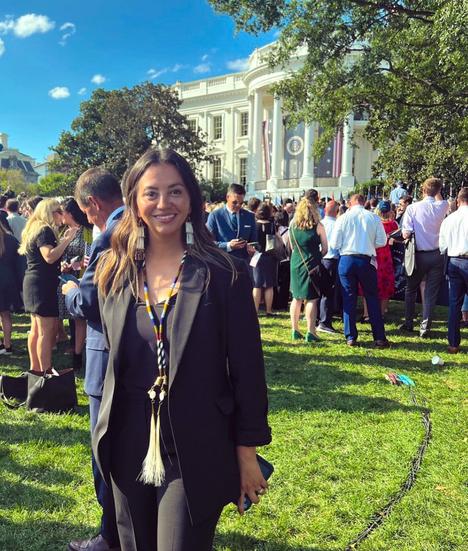


NAAF commits more than $100 million over the next 12 years to advance Native American agriculture and establish healthy lands, healthy people, and healthy economies. NAAF’s vision for this 12-year commitment is to achieve systemic and meaningful impacts to address food and nutrition disparities in Tribal communities. That is why NAAF is committing to strive for $10 million in grantmaking each year through 2035 to build and sustain thriving food economies that feed and nourish Indigenous people for generations to come. The eligible entities that receive NAAF grants are leading in work that increases access to capital and alleviates food insecurity in order to meet the needs of Indian Country and build equitable food systems for all.
In September, NAAF visited Fort Lewis College. NAAF grant supports their Farmer in Training and regenerative food systems internship.
Featured is Farmer in Training Sage Walstrom, and Field Assistant Autumn Raasch.
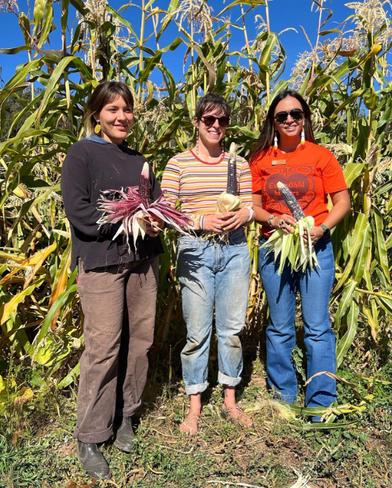
The Borlaug Dialogue each year brings together individuals from more than 65 countries to address cutting-edge issues related to global food security and nutrition.
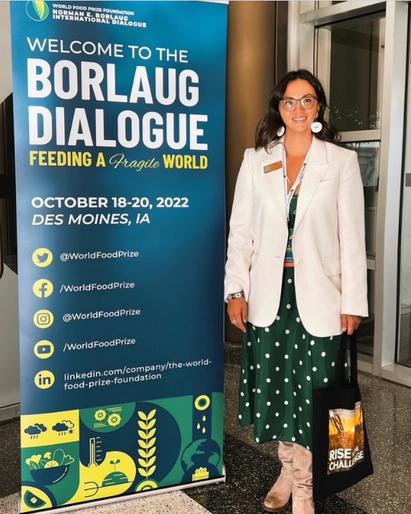
NAAF CEO Stanger-McLaughlin spoke on the panel discussing Pathways to achieve zero hunger and how Indian Country should be at the forefront of these discussions.
NAAF visited the California Indian Museum and Cultural Center (CIMCC) in Santa Rosa, CA. They support Tribal Youth Ambassadors in agribusiness through Advancing Cultural Opportunities to Reclaim Nutrition (ACORN).
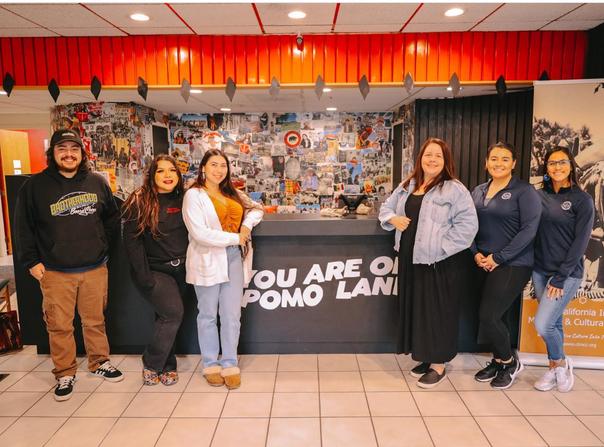
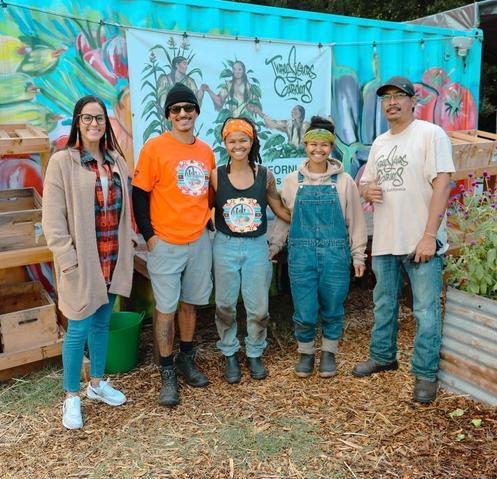
In November, NAAF visited the Three Sisters Garden in West Sacremento, CA.
They work with at-potential high-promise youth and community members through workshops on agricultural skills, research training, education, and hands-on experience with food production processes.

In mid-November, NAAF visited the Brighton Reservation to tour their cattle operation and learn more about how they plan to create an accounting system for tribal ranches using NAAF funds.

To conclude the year, NAAF sponsored the Intertribal Agriculture Council's 35th annual conference in Las Vegas.
IAC was established to pursue and promote Native resources for the benefit of American Indians and Alaska Natives. Our staff was ready for a fun and educational week.
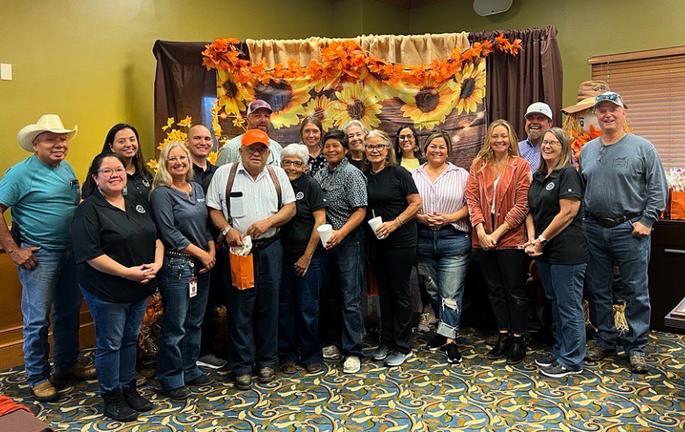
The NAAF Communications Team was able to meet and interview several grantees at the IAC conference. The grantees shared stories of their projects, successes, and challenges as they continue to serve Indian Country.

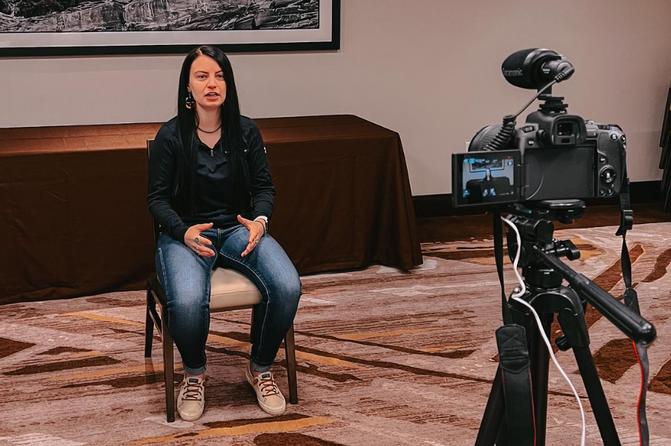



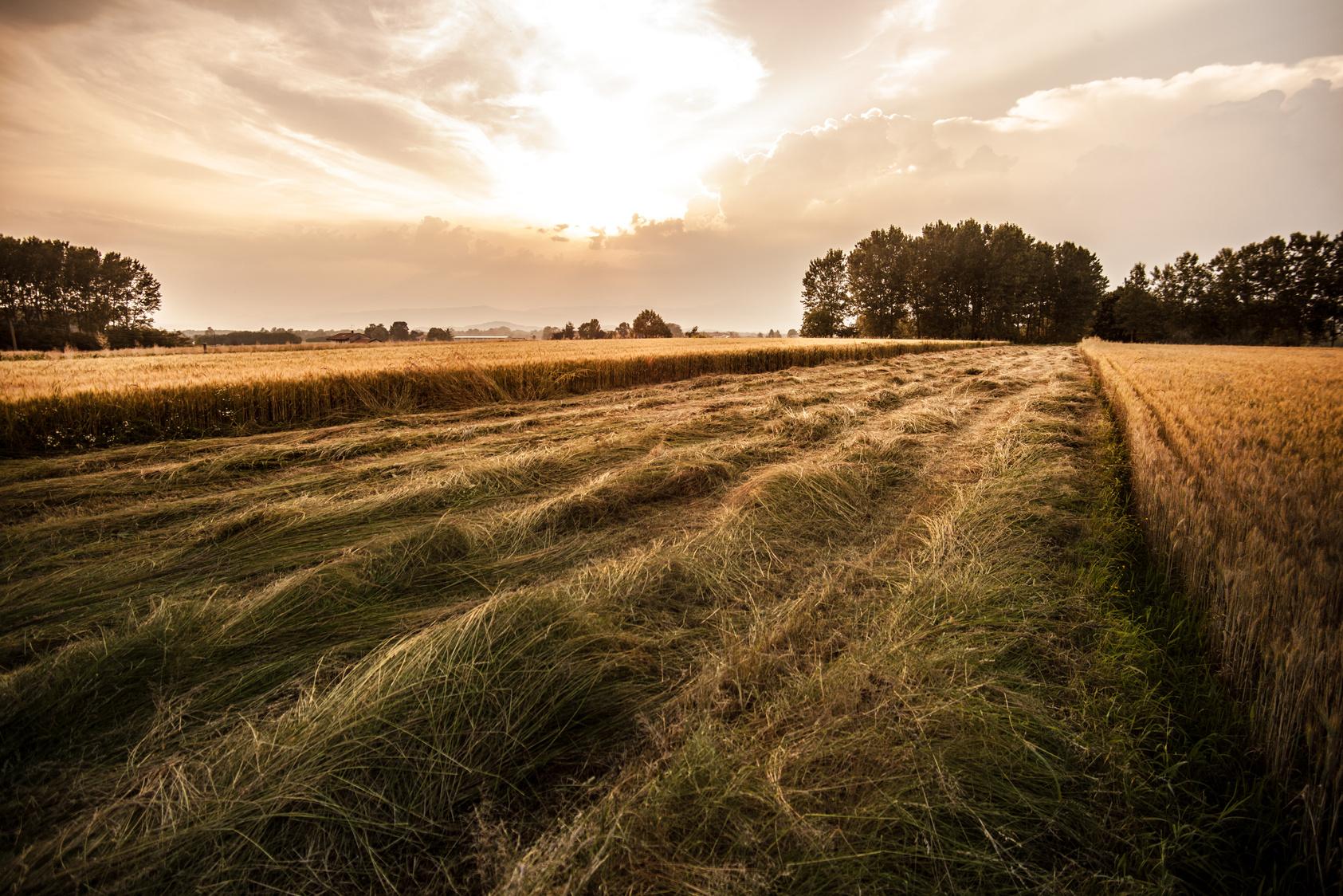
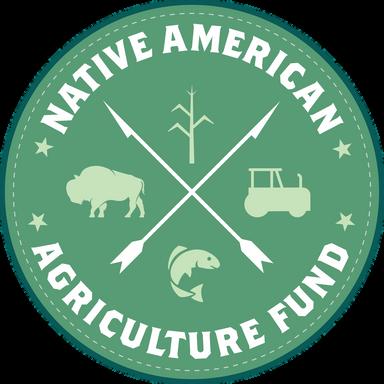

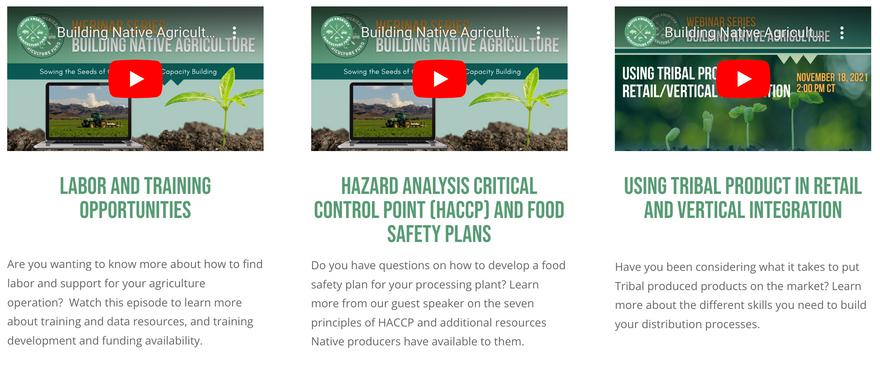


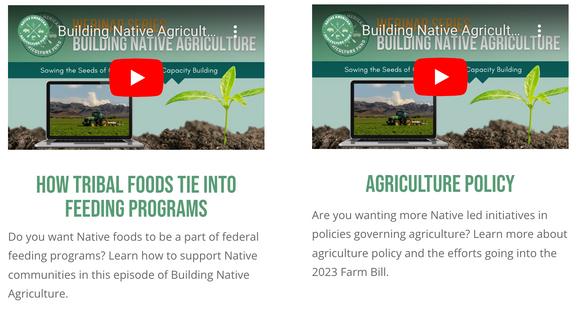
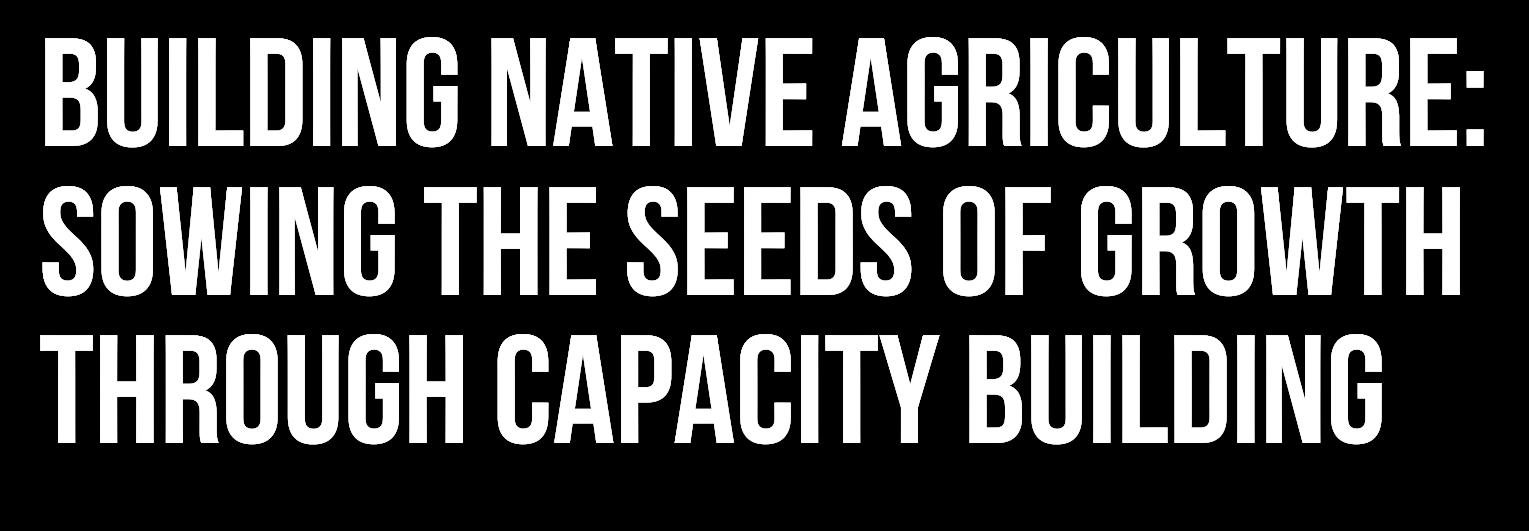






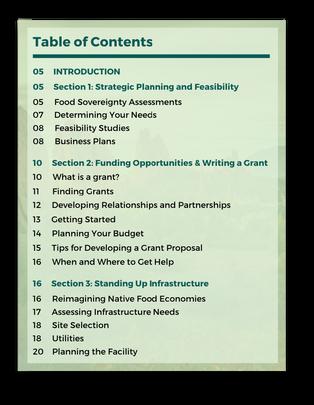
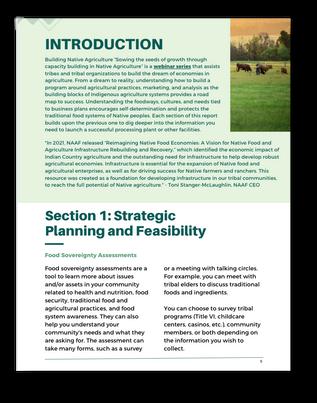
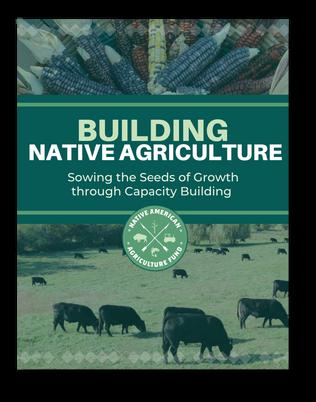
ThisQuarterlyAgReportfocuseson Inflation,FoodatHome,andSellingto theUSDA.

UtilizingSPINSmarketresearch,NAAF providesmarketdataforfree,with eachreportequalinga$500value.
This report focuses on Organic ClaimsBased Marketing. It explains the current organic market and the basic requirements for organic production and handling.

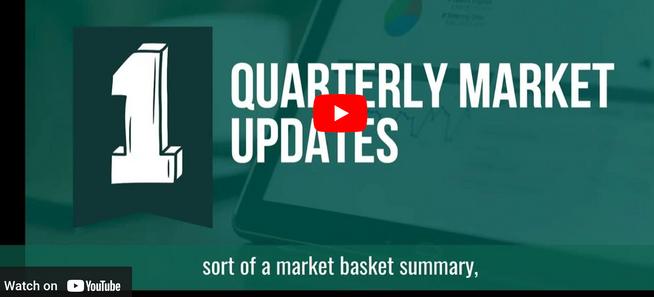
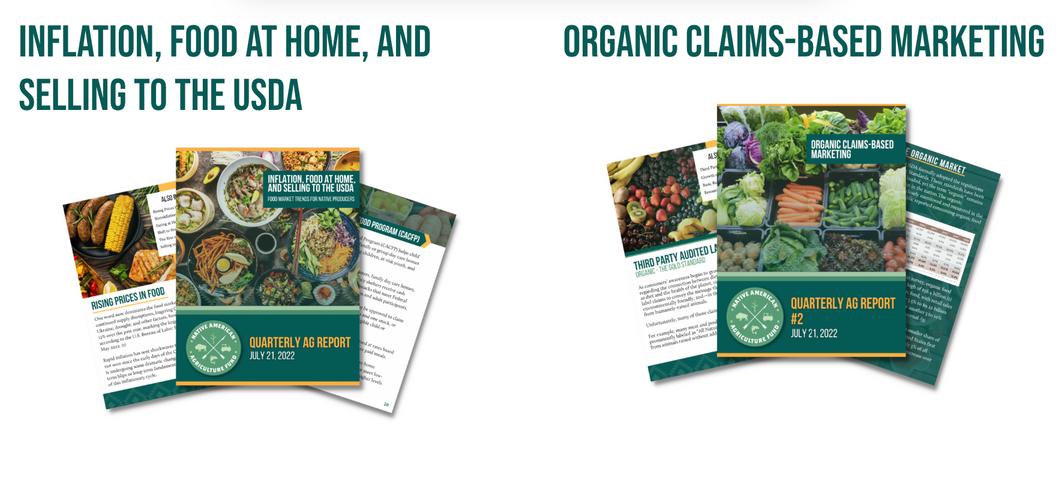


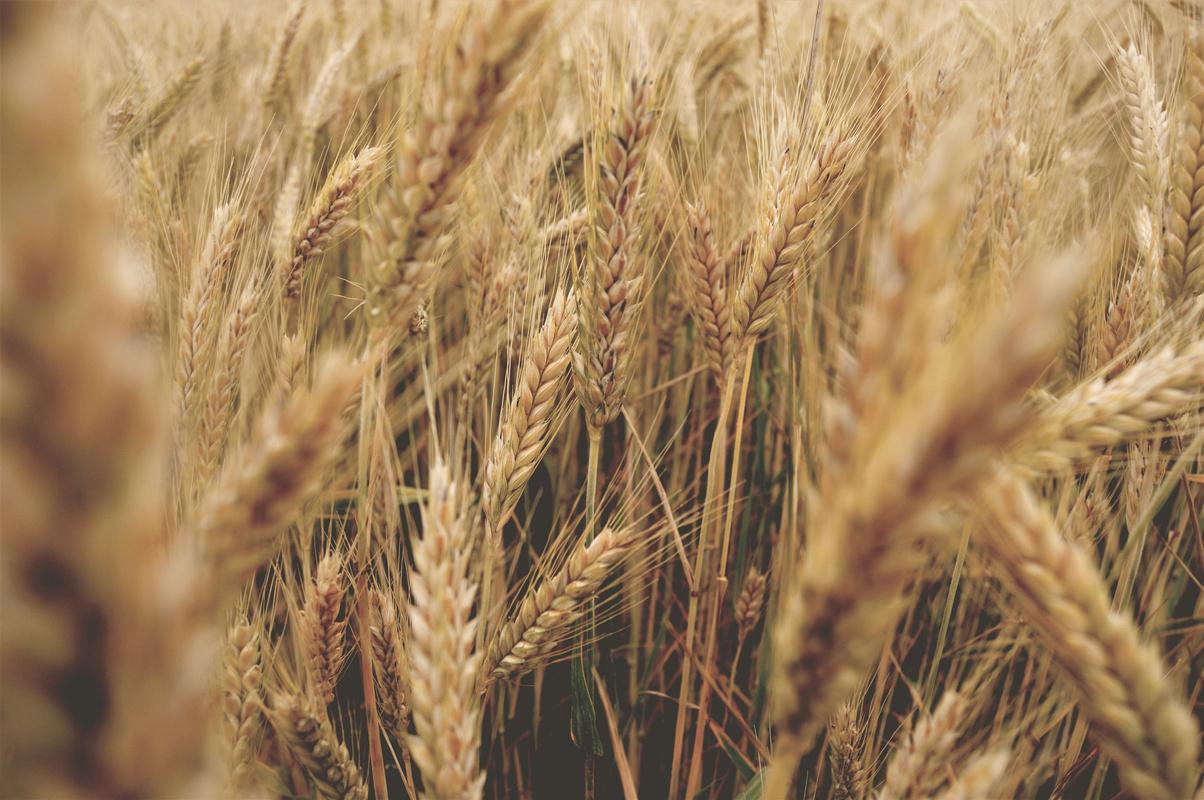
On October 18, 2022 the U.S. Department of Agriculture (USDA) announced that distressed borrowers with qualifying USDA farm loans recently received nearly $800 million in assistance. This funding was mainly derived from the Inflation Reduction Act (IRA), with some additional resources coming from the COVID-19 Pandemic Relief. Through the IRA, USDA was directed to expedite services to distressed borrowers with either direct or guaranteed loans. Many Native American farmers, ranchers, and producers will receive debt relief before the end of 2022.

The Native American Agriculture Fund has partnered with Rob Holcomb, a tax expert at the Center for Farm Financial Management at the University of Minnesota, as a resource to Native farmers, ranchers, and producers to provide financial education as these payments are released.


NAAF partnered with Cooperative Development Foundation to create a curriculum and training to empower Tribes and individual members with the education and resources to start cooperatives or improve existing cooperatives in Indian Country The training is also available to entities that want to expand their knowledge of working with Tribal cooperatives and communities
NAAF collaborated with the Center for Farm Financial Management, Native CDFI Network, and Intertribal Agriculture Council to host a Native Ag Underwriting School that provided existing and future lenders in Indian Country the tools they needed to start or expand their agricultural lending programs
In collaboration with the Farmer Veteran Coalition (FVC), NAAF assisted with virtual listening sessions to support Native veteran producers and how to expand infrastructure and resources in the Indian Country, and sponsored Native veterans farmers to attend the FVC annual conference
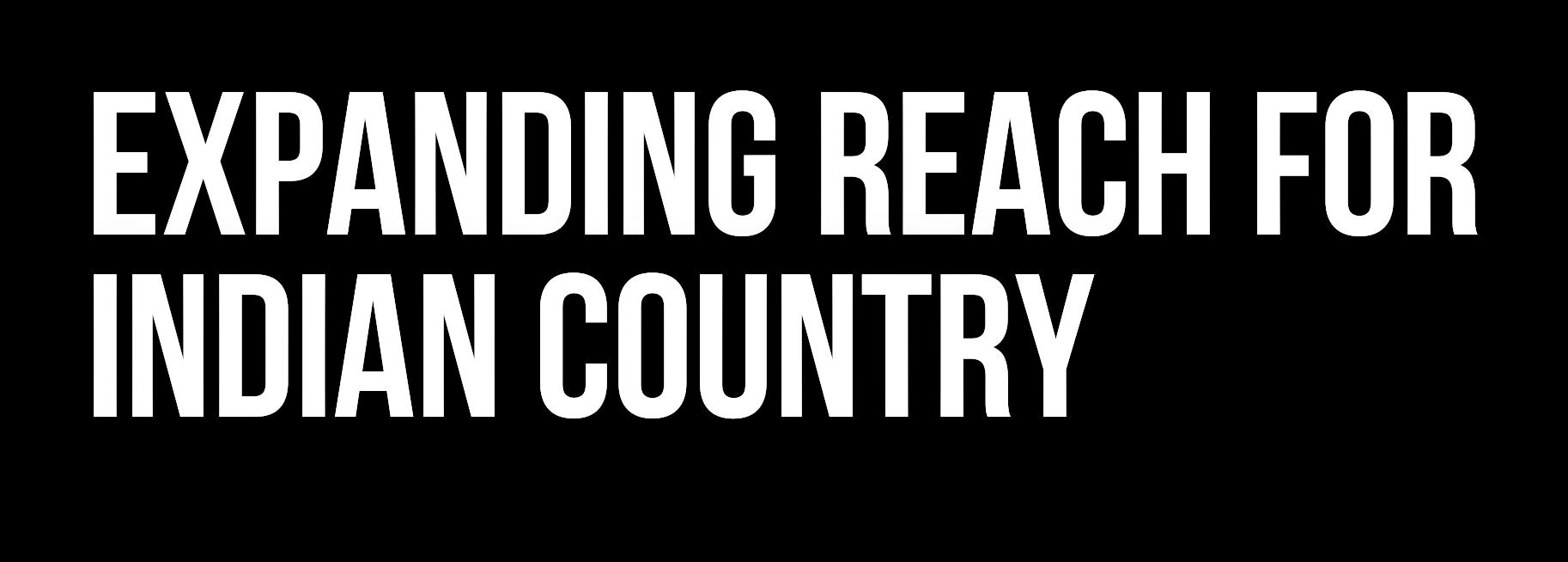
NAAF was proud to partner with the National FFA Organization to sponsor Native American high school students to attend the Washington Leadership Conference (WLC) in Washington, D C Students spent the duration of the week working with WLC facilitators to build a Living to Serve Plan, which they took back to their communities. Each plan was specific to the student and their community needs
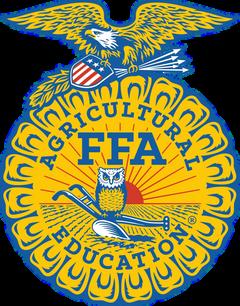
NAAF is a project partner for the FRAC - WIC Community Innovation and Outreach project
The goal is to increase WIC participation and retention and reduce disparities in WIC program delivery Furthermore, the potential outcomes of this project is to expand partnerships with community organizations and use of community-level data to develop and test WIC outreach efforts with awareness, outreach, and participation
NAAFisafoundingfunderofGrowingJustice;a pooledfundco-designedbyfunders,farmers, advocates,foodsuppliers,purchasers,and communitypartnersfromNativeandnon-Native communitiesnationwidetotransformfoodsystems throughequitablegoodfoodprocurement-purchasingfromlocally-orregionally-ownedand environmentally-andeconomically-sustainable farms,ranches,fisheries,andfoodbusinessesthat prioritizetheneedsoflow-incomecommunities



NAAF helped with the development of the Tribal Agriculture Fellowship In 2022, the program had its first cohort of 10 students - they represent 6 tribes, 6 different states, and they have 2 CTE students, 3 undergraduate students, and 5 graduate students and is looking to bring in eight additional students in 2023

NAAF believes in the future of agriculture, and teachers are a critical link to helping Native students become more familiar with food and agriculture concepts and information NAAF sponsored a cohort of teachers to attend the National Agriculture in the Classroom Annual Conference in hopes that the teachers would leave the conference with tools to improve the curriculum in classrooms surrounding agriculture
NAAF believes in climate-smart agriculture and has partnered with U S Farmers & Ranchers in Action to collaborate and learn from food leaders that are driving change through unprecedented collaboration and innovation. These stakeholders are committed and working across the food value chain to create a more sustainable food system through climate-smart practices. NAAF CEO attended the USFRA's Honor the Harvest Festival and participated in the Decade of Ag video initiative



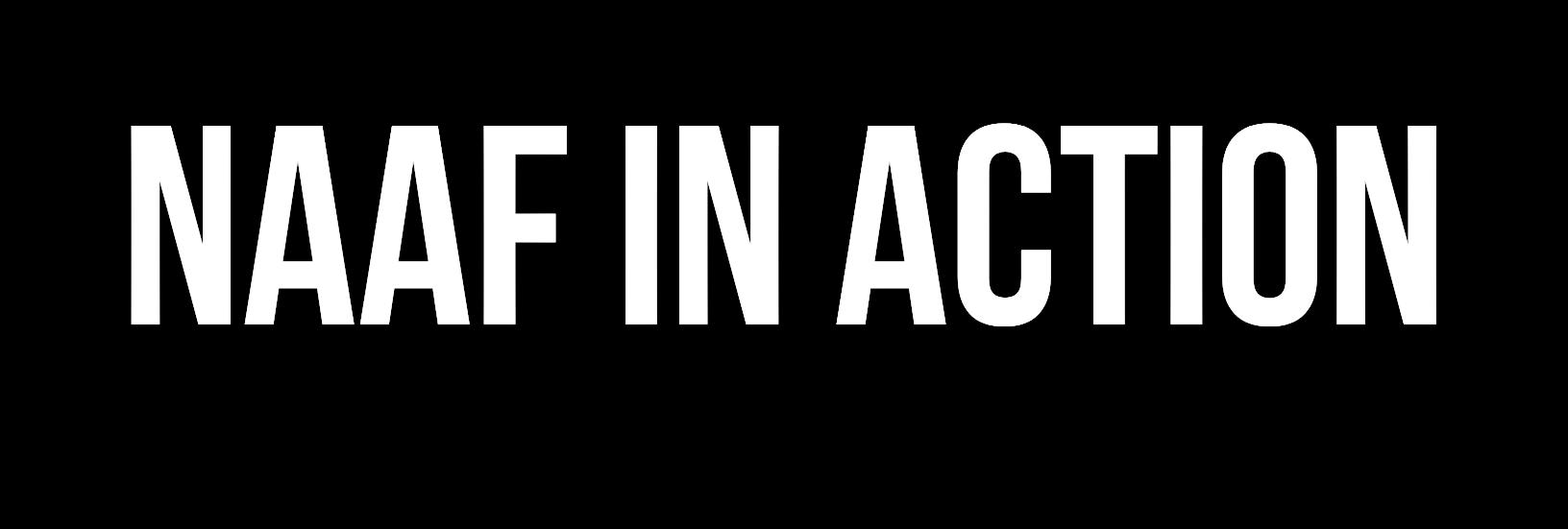
(Oglala Lakota)
Paul Lumley (Yakama)
Sybil Bullard (Lumbee)


Michelle Fox, JD (Aaniiih – Gros Ventre, Amskapi Piikani Blackfeet)




Pat Gwin (Cherokee)
Claryca Mandan (Three Affiliated Tribes)

Ross Racine (Blackfeet)
(Oglala Lakota)

Sherry Salway Black (Oglala Lakota)
Wayne Ducheneaux (Cheyenne River Sioux)

Charles Graham (Lumbee)




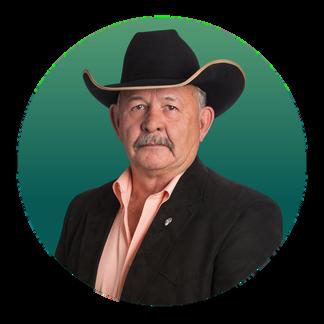


Porter Holder (Choctaw)
Elsie Meeks (Oglala Lakota)







